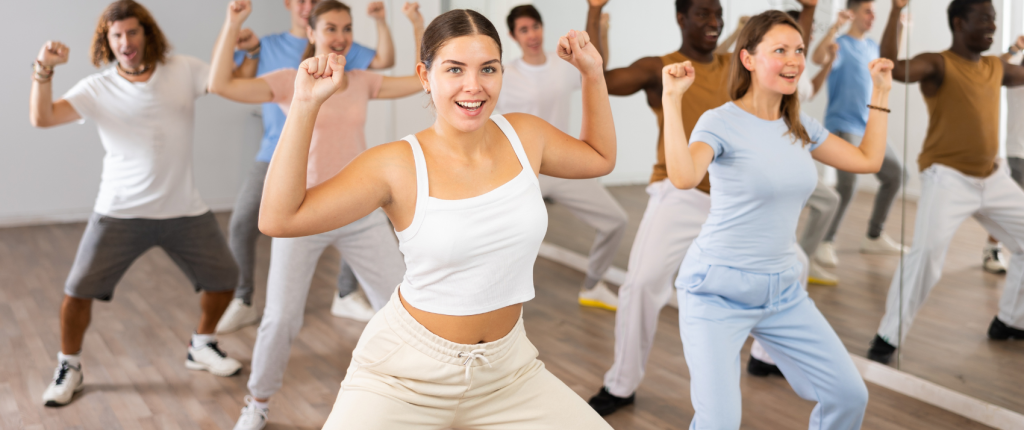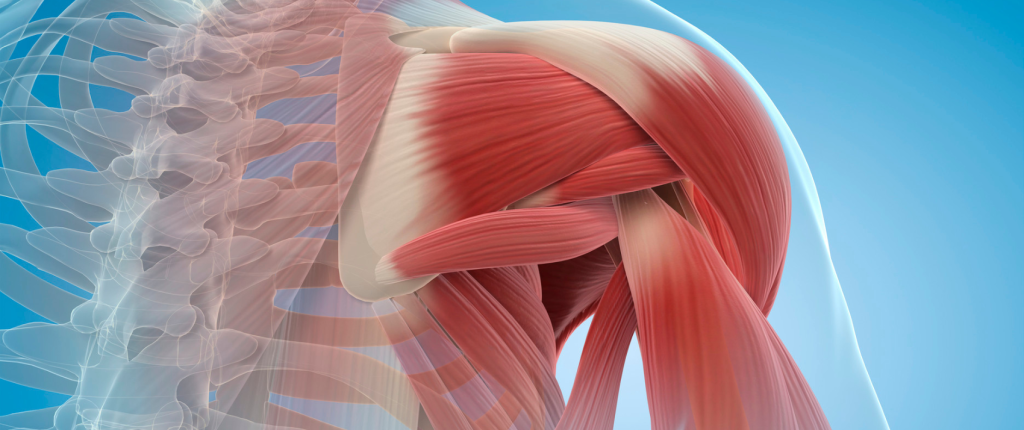In the modern world, where many of us spend hours sitting at desks or glued to our screens, the importance of proper body mechanics and regular movement is often overlooked. Yet, these factors are essential not only for preventing injuries but also for enhancing overall well-being. Central to this understanding is the role of the fascia system, a web of connective tissue that plays a crucial part in maintaining our body’s structure and facilitating movement. In this article, we will explore the importance of body mechanics, the benefits of movement, and the critical role that a healthy fascia system plays in keeping us moving smoothly and pain-free.
Table of Contents

Understanding Body Mechanics
Body mechanics refers to the way we use our bodies to perform various activities, whether it’s lifting objects, sitting, standing, or moving. Good body mechanics involve using the body in a way that reduces the risk of injury, minimises strain on muscles and joints, and maximises efficiency. This is especially important in activities that require repetitive motions or involve heavy lifting.
Key principles of good body mechanics include:
- Proper Posture: Maintaining a neutral spine alignment, where the natural curves of the spine are preserved, is essential. Whether standing or sitting, your head should be in line with your shoulders, and your shoulders should be aligned with your hips.
- Safe Lifting Techniques: When lifting objects, it’s important to bend at the hips and knees, not the waist. Keep the object close to your body and lift it with your legs, not your back, to avoid injury.
- Mindful Movements: Avoid twisting or bending awkwardly. Instead, pivot with your feet when turning and use smooth, controlled movements to reduce strain.
The Benefits of Regular Movement

Incorporating regular movement into your daily routine offers numerous physical, mental, and emotional benefits. Physical activity helps to:
- Improve Circulation: Movement enhances blood flow, ensuring that oxygen and nutrients are delivered to tissues while waste products are removed.
- Increase Flexibility and Strength: Regular movement keeps muscles and joints supple, increases range of motion, and builds strength, which in turn supports good posture and body mechanics.
- Boost Mental Health: Physical activity releases endorphins, the body’s natural mood enhancers, helping to reduce stress, anxiety, and depression.
- Enhance Energy Levels: Paradoxically, expending energy through movement can actually increase overall energy levels, reducing feelings of fatigue and lethargy.
The Role of Fascia in Movement and Health

The fascia system is a complex network of connective tissue that surrounds and penetrates muscles, bones, nerves, and organs. It plays a vital role in maintaining the structural integrity of the body, transmitting forces, and enabling smooth, coordinated movements.
Healthy fascia is flexible, resilient, and well-hydrated, allowing for ease of movement and reducing the risk of injury. However, when fascia becomes stiff, dehydrated, or damaged—often due to poor posture, lack of movement, or repetitive strain—it can lead to pain, reduced mobility, and a host of other issues.
The importance of a healthy fascia system can be summarised in the following points:
- Supports Structural Integrity: Fascia provides support and stability to muscles and joints, helping to maintain proper alignment and posture.
- Facilitates Movement: Healthy fascia allows muscles and other tissues to glide smoothly over one another, enabling fluid, pain-free movement.
- Transmits Force Efficiently: Fascia helps to distribute forces throughout the body, reducing the load on individual muscles and joints and preventing injury.
- Promotes Healing and Recovery: Well-functioning fascia aids in the repair of tissues following injury, ensuring a quicker and more complete recovery.

Enhancing Fascia Health Through Movement
Movement is key to maintaining a healthy fascia system. Activities that promote flexibility, strength, and hydration of fascia include:
- Stretching: Regular stretching helps to keep the fascia supple and pliable, reducing stiffness and preventing adhesions (areas where fascia sticks together).
- Yoga and Pilates: These practices emphasise controlled, mindful movements that improve flexibility, strength, and overall fascia health.
- Foam Rolling: This form of self-myofascial release helps to break up adhesions and promote hydration in the fascia, enhancing its elasticity and function.
- Hydration: Drinking plenty of water is essential, as well-hydrated fascia is more flexible and less prone to injury.
Conclusion
Good body mechanics and regular movement are essential components of a healthy lifestyle. By paying attention to how we move and incorporating activities that support our fascia system, we can reduce the risk of injury, improve our physical and mental well-being, and maintain our bodies in peak condition. Remember, our bodies are designed to move, and by doing so mindfully and regularly, we can enjoy a lifetime of health and vitality.

Disclaimer – Healthi and its associates offer health and fitness information and is designed for educational and entertainment purposes only. You should consult your physician or general practitioner before beginning a new fitness program. You should not rely on this information as a substitute for, nor does it replace, professional medical advice, diagnosis, or treatment. If you have any questions or concerns about your health, you should always consult with a physician, general practitioner, or other qualified healthcare professional. Do not disregard, avoid or delay obtaining medical or health-related advice from your healthcare professional because of something you may have read in our publications or lectures. The use of information provided through the urban wellness service is solely at your own risk and is not medical or healthcare advice.






